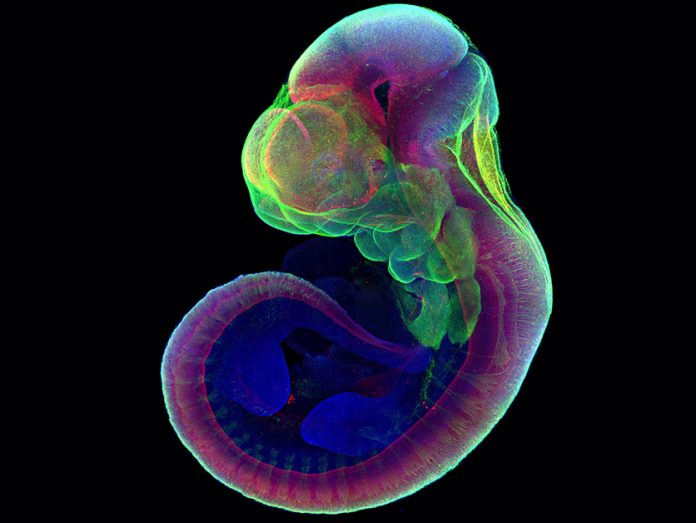
In a significant breakthrough for life science, Israeli scientists have succeeded in growing mice embryos in artificial wombs – completely outside the body
While COVID-19 has seized lives, economies and whole countries, scientists have continued their work to expand the understanding available to humanity.
So far this year, scientists at the University of Tokyo figured out how to create expensive steak meat in a petri dish, and Antarctic explorers found “strange creatures” living in pitch black, -2.2°C depths of the Filchner-Ronne Ice Shelf.
Another research team used electrical pulses to clear a woman’s lifelong, severe depression in a matter of minutes. Then a team of researchers used the oldest light in the galaxy to figure out that the universe is roughly 14 billion years old.
Growing embryos outside of the living body
Now, Israeli scientists led by Professor Jacob Hanna of the Weizmann Institute of Science have successfully grown embryos outside of a living body. Scientists have wanted or attempted to grow embryos outside of a uterus since the 1930s, but these experiments have never been successful.
Over seven years, the team led by Professor Hanna has created a two-step process to grow mice embryos in an artificial womb. They extracted 250 embryos from pregnant mice, then placing these on a lab dish and getting the balls to attach to this as if it was the uterine wall.
It was in this step that the team saw the embryo double and triple in size, as it grows into three different layers.
Professor Hanna said: “To us, that is the most mysterious and the most interesting part of embryonic development, and we can now observe it and experiment with it in amazing detail.”
What could this research mean for humans?
The concept of growing a human outside the womb remains a far away dream for now.
But this new way of growing embryos can help the team to understand why so many pregnancies fail to implant and why the window for mammalian implantation is so short. They want to use stem cells to create the embryo next time, which will also help to explore how conditions of formation can later lead to developmental disorders.
They could even answer fundamental questions about why stem cells stop being stem cells.
According to this experiment, genetic code can work like “dominos”
“We think you can inject genes or other elements into the cells, alter the conditions or infect the embryo with a virus, and the system we demonstrated will give you results consistent with development inside a mouse uterus.
“If you give an embryo the right conditions, its genetic code will function like a pre-set line of dominos, arranged to fall one after the other. Our aim was to recreate those conditions, and now we can watch, in real time, as each domino hits the next one in line.”










